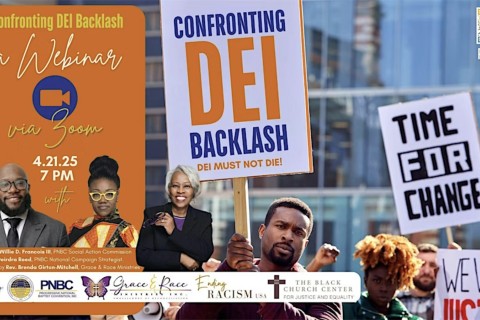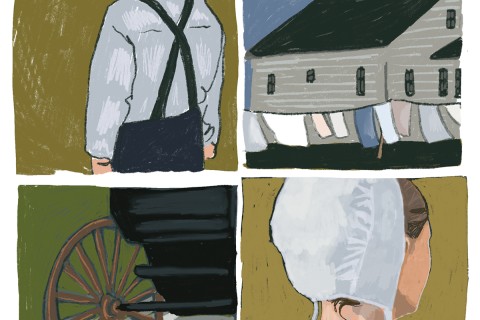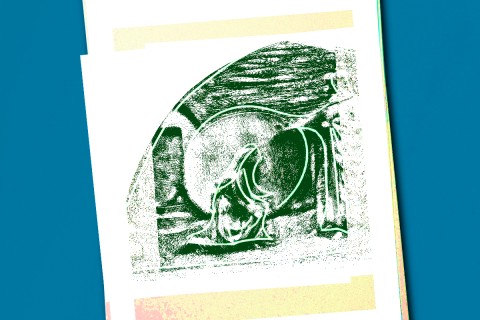Pro-life, anti-poor: The impact of the Stupak Amendment
The coalition backing health-insurance reform is nowhere as fragile as on the issue of abortion. To keep America’s most polarizing subject from derailing reform, most Democrats have long agreed that health-insurance legislation should be “abortion neutral,” neither extending nor rolling back current bans on federally funded abortion. On November 7, the House passed a health-care bill—and with it an 11th-hour amendment that, if it becomes law, will increase the degree to which access to abortion is tied to income.
The Stupak Amendment—named for Democratic sponsor Rep. Bart Stupak of Michigan—stipulates that none of the health-insurance bill’s money “may be used to pay for any abortion or to cover any part of the costs of any health plan that includes coverage of abortion,” with exceptions for situations involving rape, incest or medical threats to the mother’s life. This is similar language to existing rules under the Hyde Amendment of 1976, and supporters emphasize that Stupak merely applies Hyde to the new bill. Opponents counter that Stupak in fact goes beyond Hyde, adding new restrictions.
They’re both sort of right. The House bill would create insurance exchanges through which individuals and small businesses could buy better plans than they have access to now. This system would include the much-discussed public option, which the Stupak Amendment would ban from covering abortion much as Hyde already restricts Medicaid. But the new ban would apply also to private plans sold on the exchanges and paid for only partly by federal subsidies. This too arguably follows Hyde’s principles, but in a new and farther-reaching context.
It’s a convoluted debate: which of two Democratic ideas maintains the status quo on abortion funding? Having agreed not to have an actual abortion debate right now, Democrats are instead having a proxy debate about who’s doing a better job at not having one.
But the status quo itself leaves a lot to be desired, and not just for abortion-rights hardliners. The Hyde Amendment offers antiabortion citizens the peace of knowing that while abortion may be legal, at least their taxes aren’t paying for it. (No such comfort exists for those who oppose government spending in other areas.) In exchange for these clean hands, Americans get a system in which women who rely on the federal safety net for their health coverage don’t have access to abortion, while women of greater means do.
The Stupak Amendment would make this inequality worse. The insurance exchanges proposed in the House bill would be designed largely for low- and middle-income Americans. To cover abor tion, an exchange plan would have to be sold exclusively to women who make too much money to be eligible for subsidies. This is a pretty small group, so insurers would have little incentive to include abortion coverage in any ex change plans—unless they did so specifically as a way to block low-income people, who are less profitable to insure, from buying them.
And for all its not-with-our-money sheen, Stupak wouldn’t actually eliminate federal support of abortion coverage. Rep. Jim Cooper (D., Tenn.) pointed out to Washington Post blogger Ezra Klein that the amendment would do nothing to prevent abortion coverage through employer-based health insurance, which the federal government subsidizes indirectly but massively via tax exemption. Of course, people with job-based group coverage are generally wealthier than those who would be eligible for subsidies. Instead of being “complicit in every single abortion”—anti-abortion leader Marjorie Dannenfelser’s characterization of the House bill pre-Stupak—taxpayers could rest assured that they’re complicit only in those abortions obtained by women fortunate enough to have jobs with good benefits.
Stupak’s main backers include the U.S. Conference of Catholic Bishops and Democrats for Life of America, both of which self-apply the term “pro-life” in the expansive, womb-to-tomb sense and in general come down solidly on the side of the poor. But ironically, if the Stupak Amendment becomes law, women with comfortable incomes and good insurance would be the only ones able to obtain coverage for abortion.
Some people want to promote abortion access in the name of freedom; others want to restrict it in the name of morality. As is too often the case, the political sausage-making process is offering the least coherent sort of middle ground: restricting access to abortion specifically for poor people.





